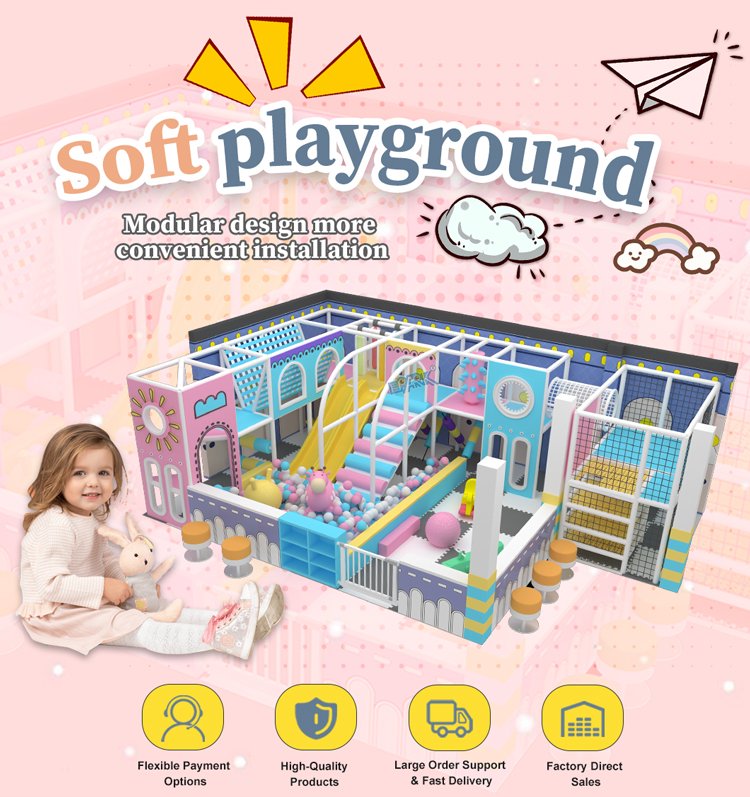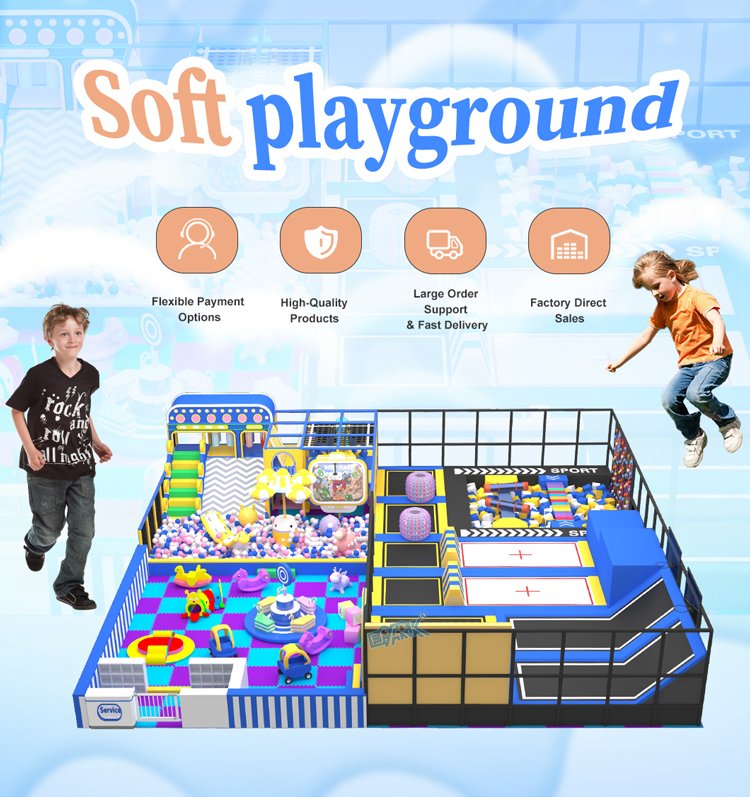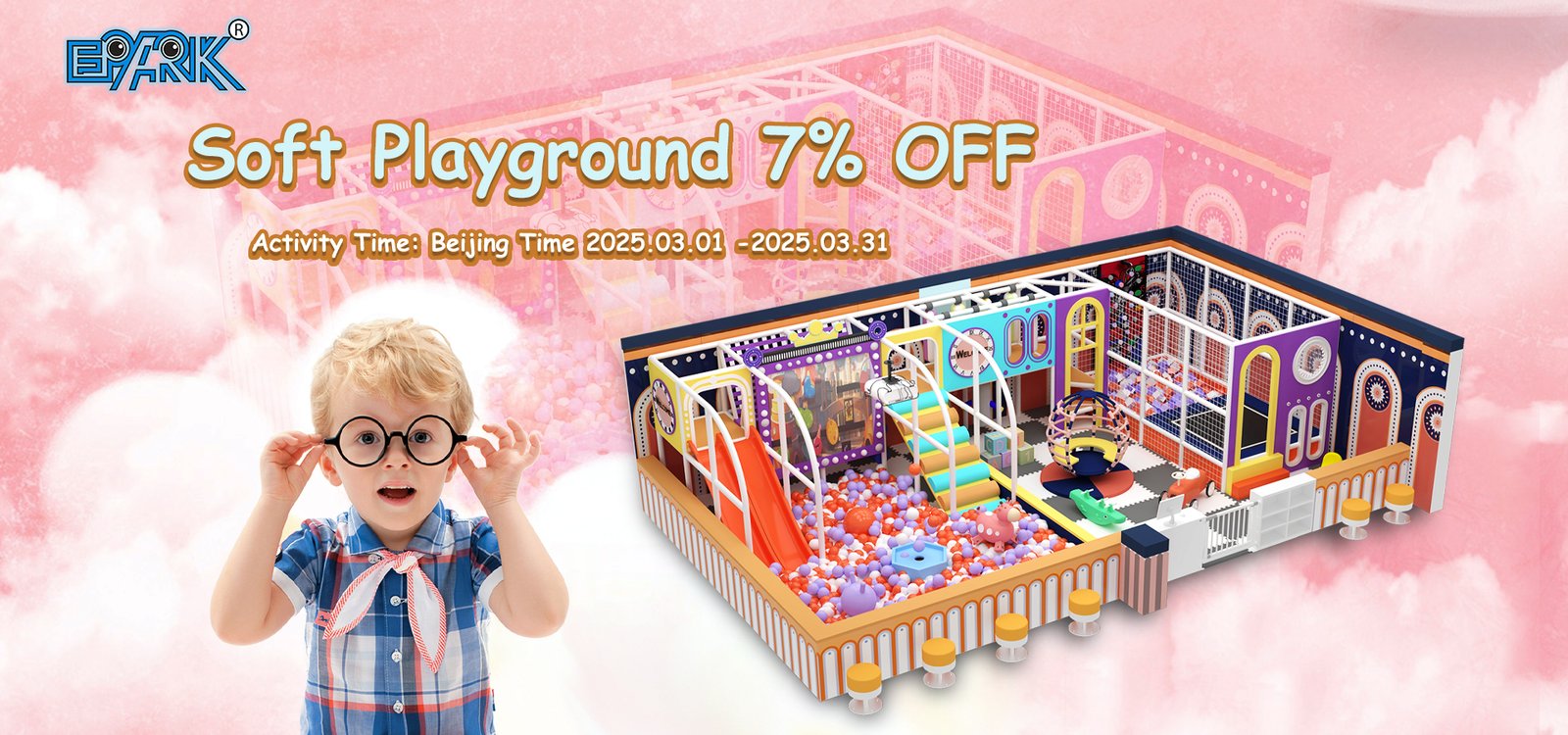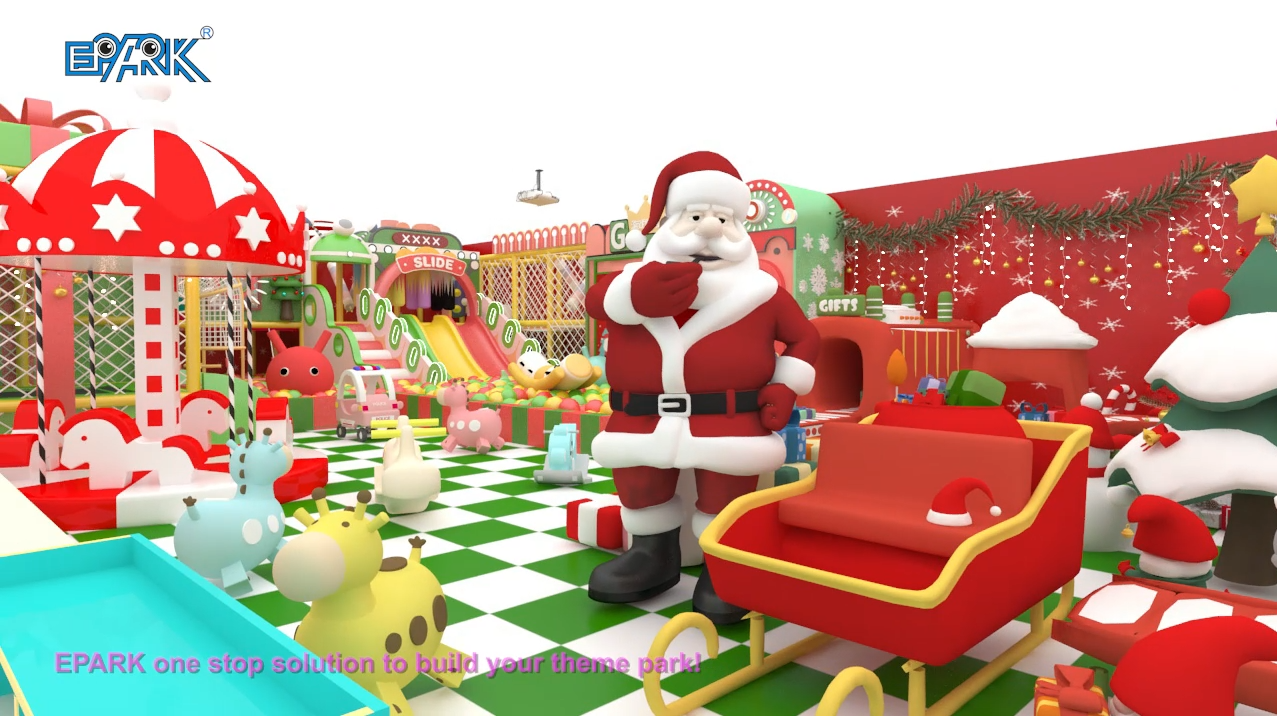Writing a business plan for your children’s indoor playground business involves careful planning and research to ensure you understand the market, your target audience, and how to run a successful business. Here’s a step-by-step guide to help you write a comprehensive business plan:
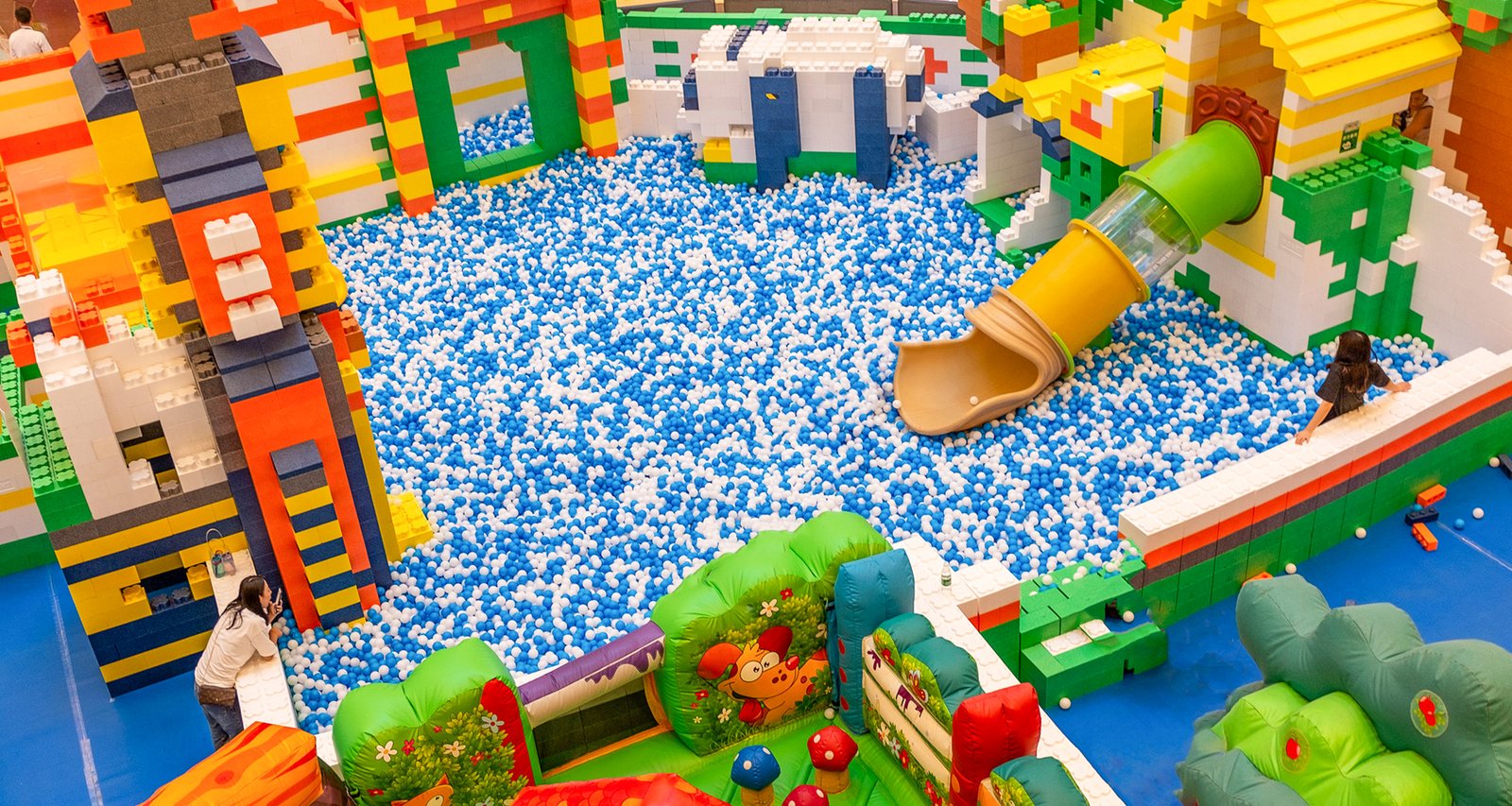
1. Executive Summary
- Business Name & Location: Name your indoor playground and state its location.
- Mission Statement: A brief statement of your business’s purpose. Example: “To provide a safe, fun, and educational play environment for children in [City Name].”
- Business Concept: Summarize the type of business, the target audience (children, families, etc.), and the unique selling points (USPs).
- Vision & Goals: Define short-term and long-term goals for growth and success.
2. Business Description
- Overview: Provide more details about your indoor playground. Include the types of play areas, themes (e.g., educational, adventure, sports, etc.), and the experience you’re creating.
- Business Structure: Indicate if your business is a sole proprietorship, LLC, partnership, etc.
- Legal Considerations: Discuss any legal or regulatory issues, such as safety standards and insurance requirements.
3. Market Research
- Industry Overview: Research the indoor playground industry and identify trends, challenges, and growth potential.
- Target Market: Define your customer base. This includes age groups (toddlers, preschoolers, etc.), parents, schools, and daycare centers.
- Competitive Analysis: Identify local competitors and analyze their strengths and weaknesses. What sets your business apart? What can you offer that others don’t?
- Market Demand: Assess the need for an indoor playground in your area by looking at the local population, family demographics, and potential customer interest.
4. Services and Offerings
- Play Areas & Activities: Describe the different areas of play (e.g., climbing walls, soft play zones, educational sections, party rooms) and any specialized offerings (e.g., toddler zones, sensory play areas).
- Pricing Model: Outline how you will charge for entry (e.g., hourly rates, memberships, pay-per-use). Include any additional services like birthday parties, events, or food and beverage offerings.
- Safety and Supervision: Highlight safety measures, such as age-appropriate equipment, staff training, and security.
5. Marketing Strategy
- Branding: Define your business’s brand—logo, tagline, and how you’ll differentiate your playground from others in the market.
- Online Presence: Explain how you will use a website and social media to attract customers (e.g., Instagram, Facebook, Google My Business).
- Advertising & Promotion: Discuss how you plan to attract customers (local ads, flyers, partnerships with schools, etc.).
- Customer Retention: Describe strategies to keep families coming back (loyalty programs, birthday packages, member discounts).
6. Operations Plan
- Location & Facilities: Describe your physical space—size, layout, and any unique features.
- Staffing: Outline the number and types of staff you’ll need, including play supervisors, managers, cleaning staff, and any specialists (e.g., child psychologists or educators for workshops).
- Daily Operations: Discuss the day-to-day flow of activities, maintenance schedules, and customer service protocols.
- Suppliers: List any vendors or suppliers you’ll need for equipment, food, or other services.
7. Financial Plan
- Startup Costs: Provide an estimate of the total investment required to launch your indoor playground. This includes rent, equipment, insurance, licensing, staffing, and marketing expenses.
- Revenue Projections: Offer a realistic projection of your monthly income, based on expected attendance, ticket pricing, and additional services (e.g., parties).
- Break-Even Analysis: Identify how long it will take to cover your initial investment and start generating profit.
- Funding Requirements: If you’re seeking funding, explain how much you need and how you’ll use the capital (e.g., for equipment, staff, marketing).
- Profit & Loss Forecast: Provide a basic P&L statement for the first 1-3 years, showing your expected income and expenses.
8. Risk Analysis
- Risks & Challenges: Identify potential risks such as economic downturns, seasonal demand, safety issues, or competition.
- Contingency Plans: Outline strategies for mitigating risks (e.g., insurance, emergency protocols, flexible pricing during slow periods).
9. Appendices
- Include any additional documents or research that support your business plan (e.g., market surveys, detailed financial projections, architectural designs for the playground, resumes of key staff).
Tips for Success:
- Be Realistic: Make sure your financial projections are grounded in research and are achievable.
- Highlight Safety: Parents will prioritize safety for their children, so make it a central point in your business plan.
- Focus on the Customer Experience: A great indoor playground is all about creating a memorable, fun, and safe experience for kids and peace of mind for parents.

